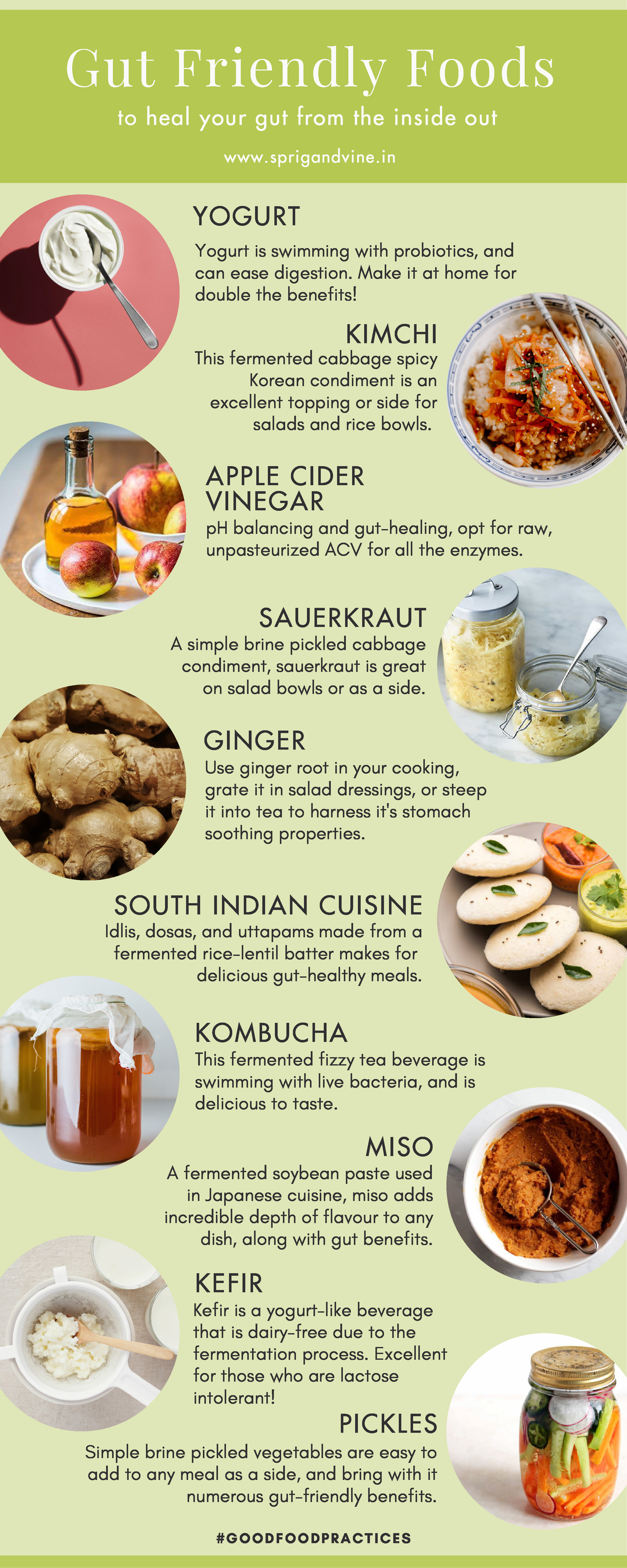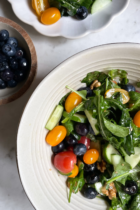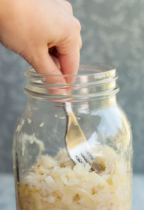
It’s kind of ironic how we often use the phrase ‘gut feeling’ to represent the intensity of our feelings without actually realising that our gut feeling has more to do with our physiological condition than just psychological. Although used colloquially, there is a very strong scientific rationale for the phrase. Believe it or not, our gut drives our mind, emotions, and spirit. Hence, when we actually have a ‘gut feeling’ it is often how our core is responding to external as well as internal stimuli. And such responses can vary on the condition of your gut. A healthy gut is one of the primary pillars of good health.
Astonishingly, approximately 70-80% of our immune system lies in the lining of the gut. A healthy gut is a result of a diverse and healthy microbiome within the stomach. In simpler words, the more the number of good bacteria in the system, the better the gut health. These bacteria come from a variety of foods that help your digestive system, allowing better absorption of nutrients, and eliminate chances of diseases.
So how do we ensure that we keep our gut healthy and resilient? The answer lies in eating foods that are pro-biotic, have restorative properties and foster a healthy gut flora. Here are some of our favourite gut-friendly foods that will heal you from the inside out:
Yogurt
Call it yogurt, curd, or dahi, this good old dairy product is swimming with active probiotics called lactobacillus. Contrary to popular belief, making yogurt at home couldn’t be simpler. All you need to do is ferment milk with a spoonful of leftover yogurt that acts as a culture of bacteria. Let it sit overnight for the bacteria to grow, and you’ll have yogurt ready to consume in the morning – you can even refrigerate for a couple of hours.
Including a small portion of yogurt to your daily diet can ease digestion and build immunity. If you can’t palette its original taste, then you can always make it more flavorful by adding fruits or honey. Try it with your morning cereals like granola, make a smoothie or a parfait! We also love salting our yogurt and using it in a variety of preparations – from dips (like this and this) and sauces, to salad dressings, and even as a lighter version of sour cream.
Kimchi
Kimchi is a Korean side dish that is a lot more than just an interesting condiment. It’s made up of vegetables like cabbage, carrot, cucumber, and radish, which is then fermented with spices to create a spicy condiment with incredible gut-healing properties. Kimchi can be added to your meals in macro bowls and salads, or over Asian curries and rice dishes (like this Korean curry). A small serving of kimchi on the side with your meals adds a large amount of fiber and antioxidants to your food and helps you detox, naturally.
Apple Cider Vinegar
This naturally fermented fruit vinegar is a miracle ingredient that works wonders on your entire body. It has probiotics and prebiotics both, which means it’s great for the stomach and gut. The best kind of apple cider vinegar is one which is raw, unfiltered, and unpasteurised. This ensures that the ACV contains the ‘mother’ which is all the bacteria and enzymes. ACV’s antimicrobial and antiviral properties reduce bad bacterial growth in your colon and stimulate the digestive tracts, thus increasing enzyme production. Drizzle a little ACV on vegetables, fish, or meat before grilling or searing; use it in salad dressings. For an immune-boosting kick, mix a tablespoon of ACV in a glass of warm water, and drink once a day. Read more about it here.
Sauerkraut
Sauerkraut is a fermented sour white cabbage condiment that is typical to Central and Eastern Europe. In the most simplest preparation, shredded cabbage is layered with salt and left to ferment (without heat). The distinctive sour taste comes from the formation of lactic acid. Sauerkraut is rich in enzymes, fibres, and probiotics; it helps eliminate yeast formation in the stomach linings, combats bloating and indigestion, thus boosting immunity. Use sauerkraut as a snack or side, in macro bowls or salads. You can make it at home, or even purchase a jar.
Ginger
An integral part of the Indian diet, ginger root, in any form, makes for a powerful ingredient with abundant healing properties. It is high in Vitamin C, magnesium, potassium, copper, and manganese, which makes your colon resilient, increases secretion of digestive juices, and helps to relax and calm your stomach, in case of any discomfort. Apart from using in daily cooking, boil sliced or grated ginger with water and make a light stomach-soothing tea to harness its therapeutic properties. It’s a miracle tonic for menstrual cramps too!
South Indian cuisine
Closer home, a variety of regional cuisines from the Southern states of India feature gut-friendly foods at their centre. Dishes like idli, dosa, uttapam, etc. are made with a naturally fermented batter of rice and lentils. This gives rise to microbes, and makes these foods easy to digest. So the next time you’re enjoying your favourite idli breakfast, know that it’ll make your gut happy!
Kombucha
This fermented fizzy tea drink has been an age-old Chinese favorite, known for keeping the intestines healthy. It’s made by fermenting sweet black or green tea using a SCOBY (symbiotic culture of bacteria and yeast), and can further be flavoured using fruits and herbs. Brewing kombucha is a process that takes a couple of weeks, but the resulting beverage is a tart fizzy drink that is delicious! If you don’t want the hassle of brewing it yourself, we recommend this one. You can drink kombucha like a regular iced beverage, make a probiotic slushie, or use it to make trendy cocktails.
Miso
A classic Japanese ingredient, this protein-rich paste is made from fermented soybeans and used extensively in Japanese cuisine. There are various types of miso available: each made by combining different grains with soy, and they all have distinctive flavors. The taste of miso can be best described as intense, funky, and umami; and it’s used to add depth of flavour to a variety of dishes. You can include miso in soups, broths, stews, salad dressing, or marinades.
Kefir
This fermented milk drink made with cow’s milk or goat’s milk along with kefir grains is great for those who are lactose intolerant. It is 99% lactose-free and is rich in actively cultured microbes. The beverage has a sour taste, similar to yogurt. You can drink kefir the same way you would a yogurt beverage like the Indian buttermilk or Turkish ayran, or you can also use it for baking sourdough bread and in smoothies. Try this one.
Pickles
We don’t mean the Indian-style oily and spicy pickles, but the simpler salt-soaked ones. When you pickle vegetables like cucumbers, gherkins, gooseberry (amla), beetroot, carrots, green beans, raw mangoes, lime, radish, or olives in brine (salt water), the fermentation helps to make them probiotic. Include them as a small side to your meals or snack on them, to strengthen your gut lining. However, do watch out for your salt intake over the day, since pickles are high on sodium. Here’s how you can make quick refrigerator pickles at home.
On a parting note…
Apart from these gut-healing foods, ensure that you sleep well enough, drink lots of fluids, and engage in some workout routine every day. A thriving healthy gut is one of the cornerstones of overall health, and focusing on incorporating more restorative foods like these will not only help you repair and strengthen the ecosystem of your core, but will also improve your overall physical functions, mental and emotional wellness, and uplift your spirits; making you look and feel divine, inside out!
Save our handy infographic on the best foods for a healthy gut:
By Madhuparna Panigrahi







